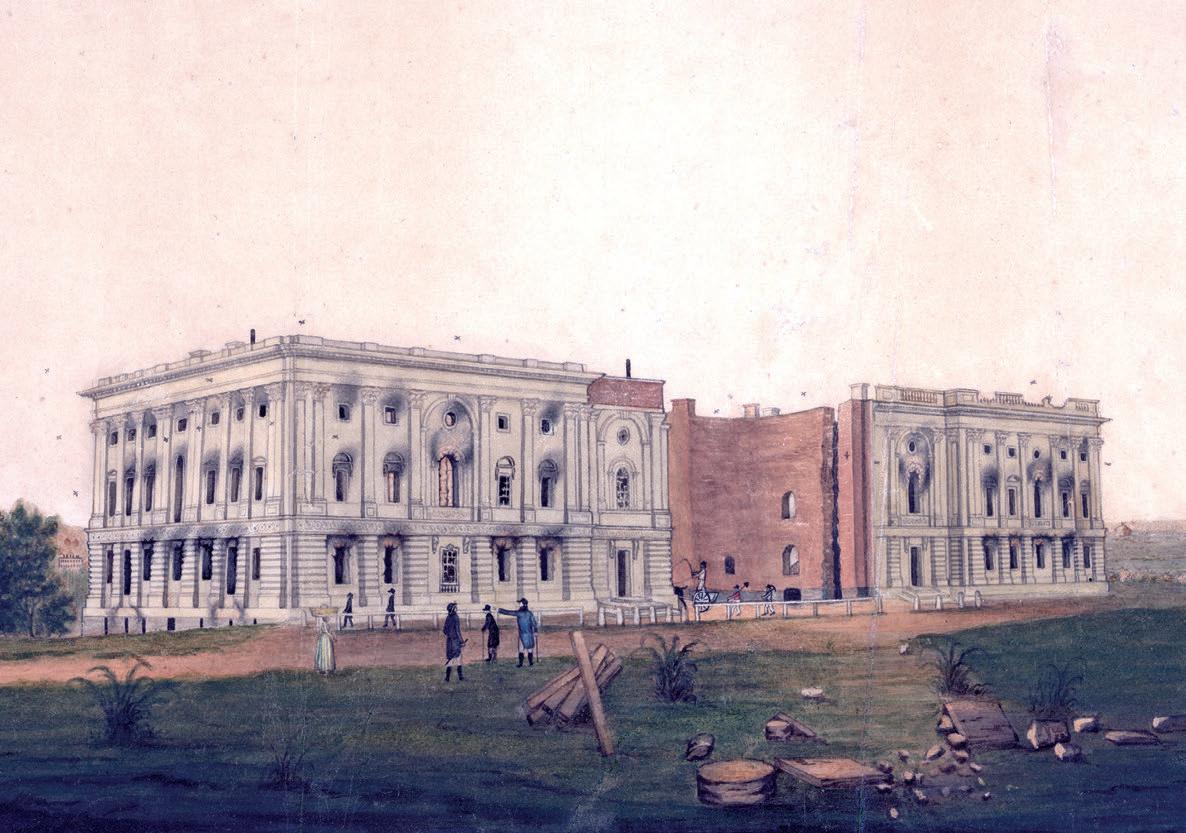
Yet Monroe spoke with pride about American accomplishments in his address. He also stressed the importance of international relations. He warned of dangers from abroad. He believed that European countries secretly hoped that the young democracy would fail. Then they could move in and carve up the rich territory. Monroe argued that the United States needed strong defenses and a ready military in case of attack. In addition, the country had to keep growing. It had to prove itself a powerful nation worthy of respect. "National honor is national property of the highest value," Monroe said.
The day after Monroe's inauguration, he appointed John Quincy Adams as secretary of State. Adams most recently had served as a U.S. senator from Massachusetts. He also had years of diplomatic experience, having served under every president beginning with George Washington. Adams's assertive foreign policy secured and expanded the borders of the United States from coast to coast.
First in a series of important treaties was the Rush-Bagot Agreement. American soldiers had tried to invade British North America (present-day Canada) during the War of 1812, and tensions had remained high along the border. Attorney General Richard Rush acted as Monroe's chief diplomat during the negotiations. He signed a disarmament treaty with British minister Charles Bagot in April 1817. It called for both sides to limit their navies on the Great Lakes. Congress ratified the treaty a year later. The agreement put the United States and Great Britain on friendlier footing.
This story is from the September 2023 edition of Cobblestone American History Magazine for Kids.
Start your 7-day Magzter GOLD free trial to access thousands of curated premium stories, and 8,500+ magazines and newspapers.
Already a subscriber ? Sign In
This story is from the September 2023 edition of Cobblestone American History Magazine for Kids.
Start your 7-day Magzter GOLD free trial to access thousands of curated premium stories, and 8,500+ magazines and newspapers.
Already a subscriber? Sign In
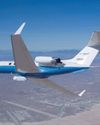
Eye in the Sky
An interview with Joe Piotrowski
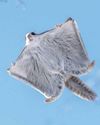
Airborne Animals
Humans have taken to the skies in balloons, gliders, and airplanes-but we're not alone among the clouds. Animals of all sorts have evolved to harness wind power.
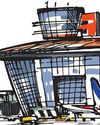
TAKING OFF
The Wright brothers expected airplanes to “take off,” but even they might be amazed at the way the airline industry has become big business. In the past, it was expensive to send something by plane.

GROWTH OF AN INDUSTRY
After their historic flight at Kitty Hawk in 1903, Wilbur and Orville Wright returned to Dayton, Ohio. They spent the next few years making adjustments and building additional versions of their powered aircraft in their bicycle shop.
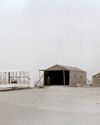
WHY KITTY HAWK?
The Wright brothers searched carefully for the best place to test their gliders and flying machines. Their main concern was for good, steady winds. But they also hoped to find a remote location to allow them to perform tests away from the public eye.
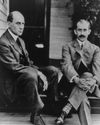
Two Brothers From Ohio
Most people do not realize that the Wright brothers—Wilbur, born in 1867, and Orville, born in 1871—performed various scientific experiments before inventing their aircraft. For as long as anyone in their hometown of Dayton, Ohio, could remember, the Wright boys had worked on mechanical projects.
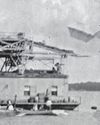
A Helping Hand
May 6, 1896. A group of people who had gathered beside the Potomac River, just south of the U.S. capital, grew quiet. Then, it erupted in cheers as a small, unmanned aircraft took to the skies and flew for more than half a mile. The flight came seven years before the Wright brothers’ first manned, powered flight. The inventor of the aircraft was Dr. Samuel Pierpont Langley.
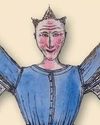
THE IDEA MEN
People dreamed of flying thousands of years before the Wright brothers found success near Kitty Hawk, North Carolina. These dreamers, such as Leonardo da Vinci, studied birds flying and imagined how humans might do the same—if only they had wings. Other men developed a more hands-on approach to the topic. Early inventors made wings of cloth, glue, and feathers and tied these creations to their arms in an attempt to imitate nature.

Da Vinci's 4 Designs
Have you ever wondered how a bird flies? Leonardo da Vinci (1452–1519) did. He thought that understanding how a bird flies would provide the key to human flight. So, what did da Vinci learn from birds?

Silken Wings
Seven hundred years before the Wright brothers began experimenting with human flight, the Chinese had already mastered its secrets—with kites.